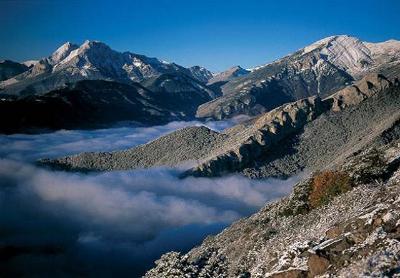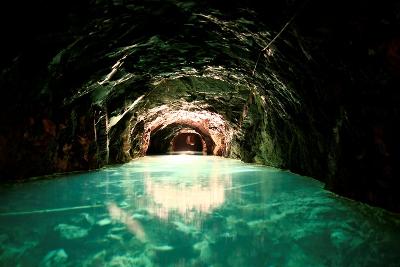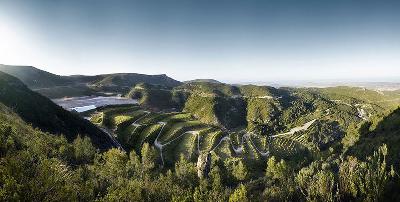Pre-Conference Field Trip: 12th May 2014 "Inside the Source Rock: The Riutort Oil Mine"
Leader: Albert Permanyer, University of Barcelona
Scope
The Riutort mine is an ancient mine of bituminous shales in the Armàncies Fm, the main source rock from Eocene age in the Eastern Pyrenees. It was operative at the beginning of the past century. It was abandoned after some years in production. Recently the mine has been adapted for touristic visits with a gallery preserved for researchers.
The Riutort Mine provides an excellent opportunity to understand and visualize processes like oil expulsion from source rock and biodegradation of oil. During the visit results from numerous geochemical analyses will be commented as well as those from microbial studies. An overview of the geological context will be given prior to the visit.
Location: Guardiola de Berguedà and surrounding areas, about 135 km from Barcelona.
Equipment: Comfortable shoes, warm clothes and fine plastic raining coat are recommended (helmet and lights will be provided).
Stop locations:
Stop 1 (optional depending on time and weather): the Armàncies Fm outcropping along the road from Bagà to El Paller hermitage. This is a small road almost without traffic.
Stop 2 (main stop): The Riutort mine, located between Guardiola de Berguedà and La Pobla de Lillet villages, at 1.5 km far from the main road.
Stop 3 (suggested): The Artigas Gardens at La Pobla de Lillet.Post Conference Field Trip: 16th May 2014 "Formation and Development of the Western Mediterranean: Insights from its NW Bounding Fault System and Related Extensional Basin Fill Deposits . "
Major structural and depositional features of the Vallès-Penedès and Barcelona half-grabens
Leaders: L. Cabrera, O. Gratacós, E. Roca University of Barcelona. Faculty of Geology. Geomodels Institute (Geodynamics and basin analysis research group).
Scope
The Catalan Coastal Ranges belong to the emerged part of the NE-trending fault system that controlled the opening of North-western Mediterranean basin. They include two major crustal-scale SE-dipping extensional faults (the Vallès-Penedès and Barcelona faults) which, with a displacement of several kilometers, deform the upper crust in a system of ENE- to NE-trending horsts and grabens. The motion of these faults began during the latest Oligocene and extended during the entire Neogene, and was accompanied by the sedimentation of thick syn-tectonic continental to shallow marine deposits. The structural and sedimentological analyses of these deposits allows to decipher the deep structure of the area as well as identify and clarify some of the main events of the formation and evolution of the Western Mediterranean (i.e., Messinian crisis, control of preexisting structures in the development of the basin,).
The Baix Llobregat-Western Vallès trip provides an excellent opportunity to get familiar with the main structural and depositional characteristics of the Neogene history of the Catalan Coastal Ranges. It consists in a series of stops located along the Llobregat valley that allow to construct a regional cross-section and determine the sedimentological and structural features of a segment of the Vallès-Penedès half-graben, which is dominated by alluvial fan sedimentation with minor lacustrine and shallow marine interbeds. The relationship between structure and basin infill is well exposed and enable one a better comprehension of the syn and postsedimentary processes involved in the half-graben evolution.
Location: Driving from Barcelona to Esparraguera and then going back following the route along the Baix Llobregat valley, from Abrera to Olesa de Montserrat, Martorell, Castellbisbal and finally Barcelona.
Equipment: The usual field trip gear recommended. Good hiking boots and sun screen advisable.

|
AAPG Europe Email: Europe@aapg.org Tel: +44 207 434 1399 Web: europe.aapg.org |
|
Programme Enquiries: |
| Non-Endorsement Policy The American Association of Petroleum Geologists (AAPG) does not endorse or recommend any products and services that may be cited, used or discussed in AAPG publications or in presentations at events associated with AAPG |
||




